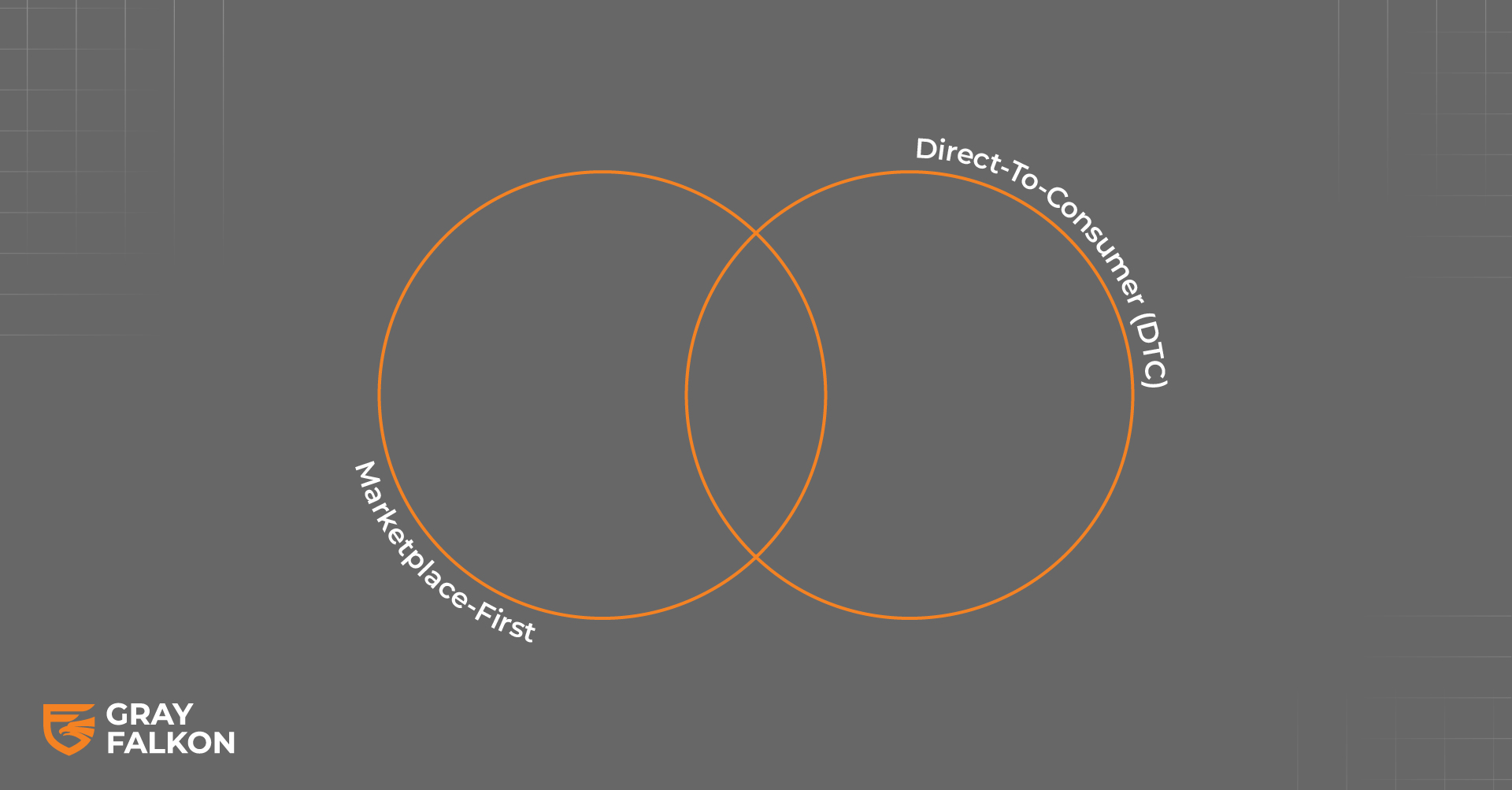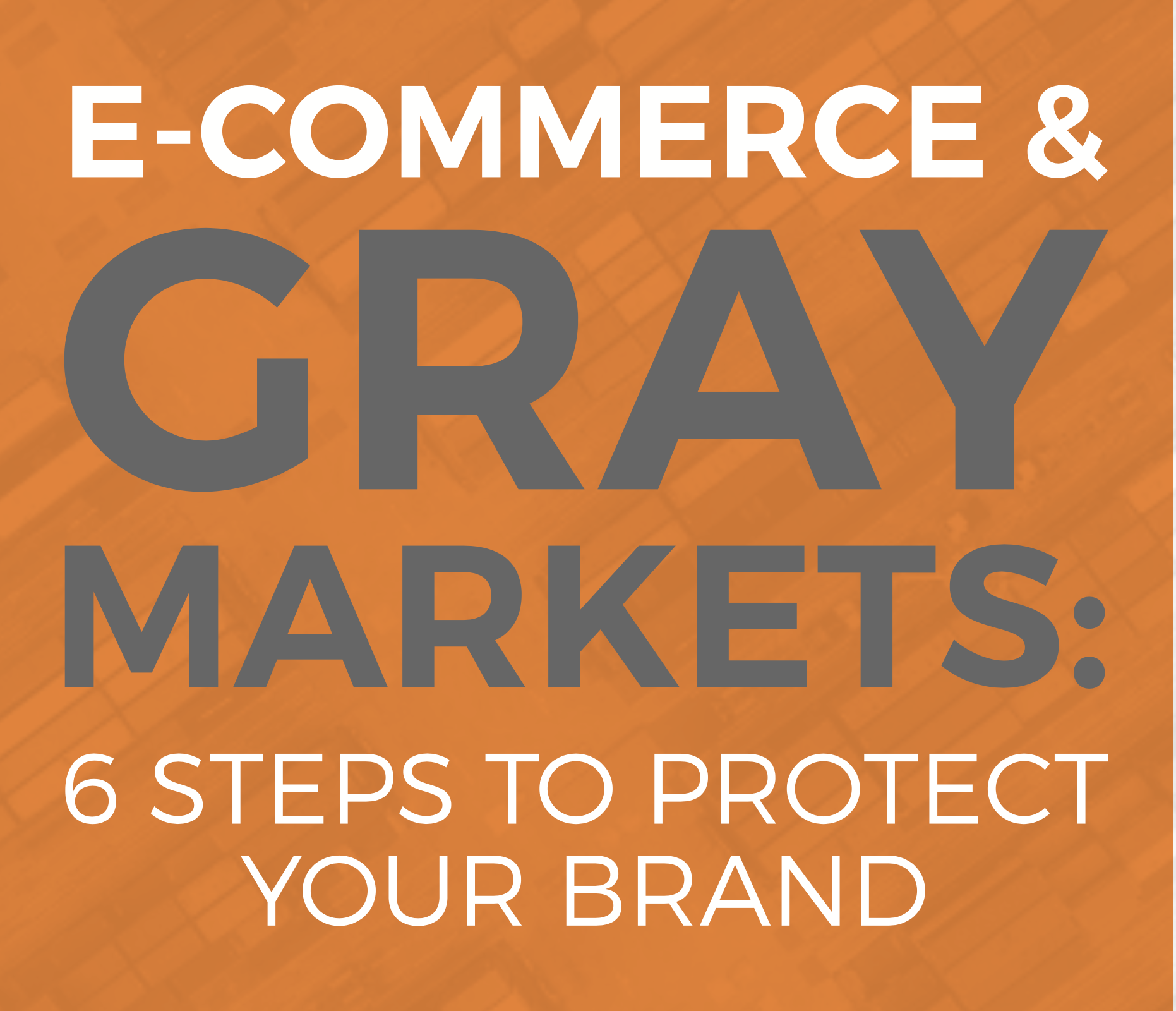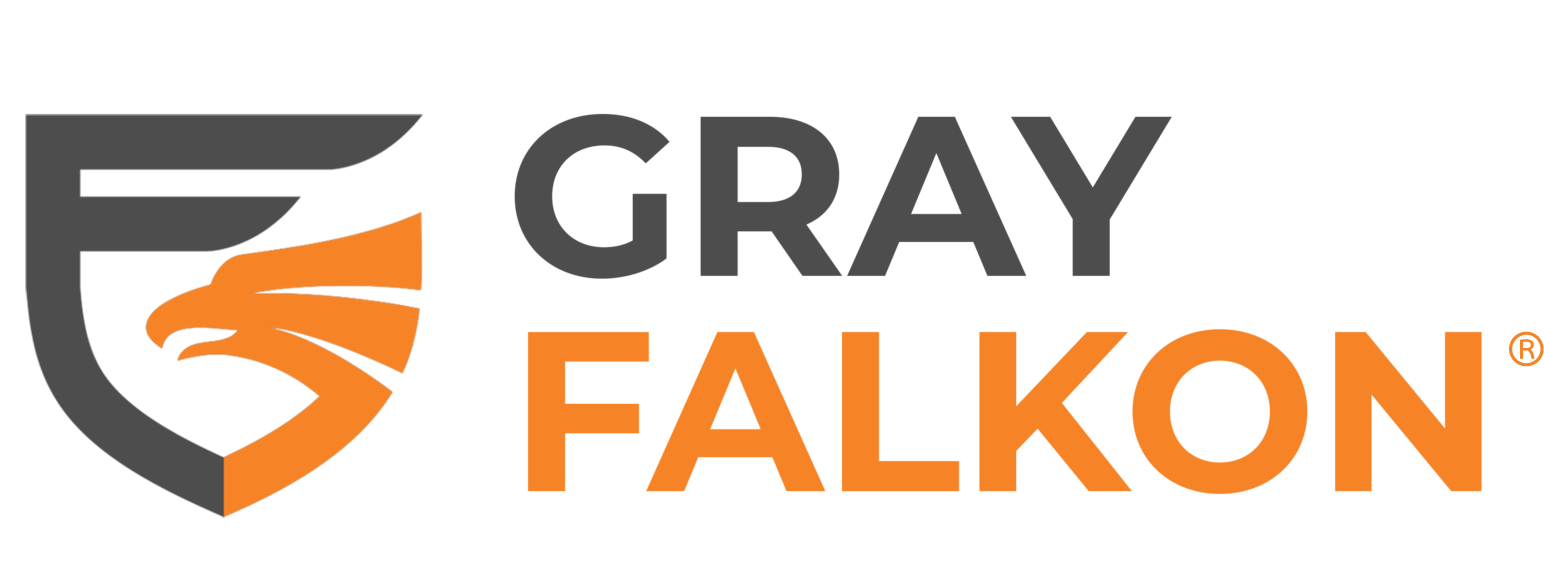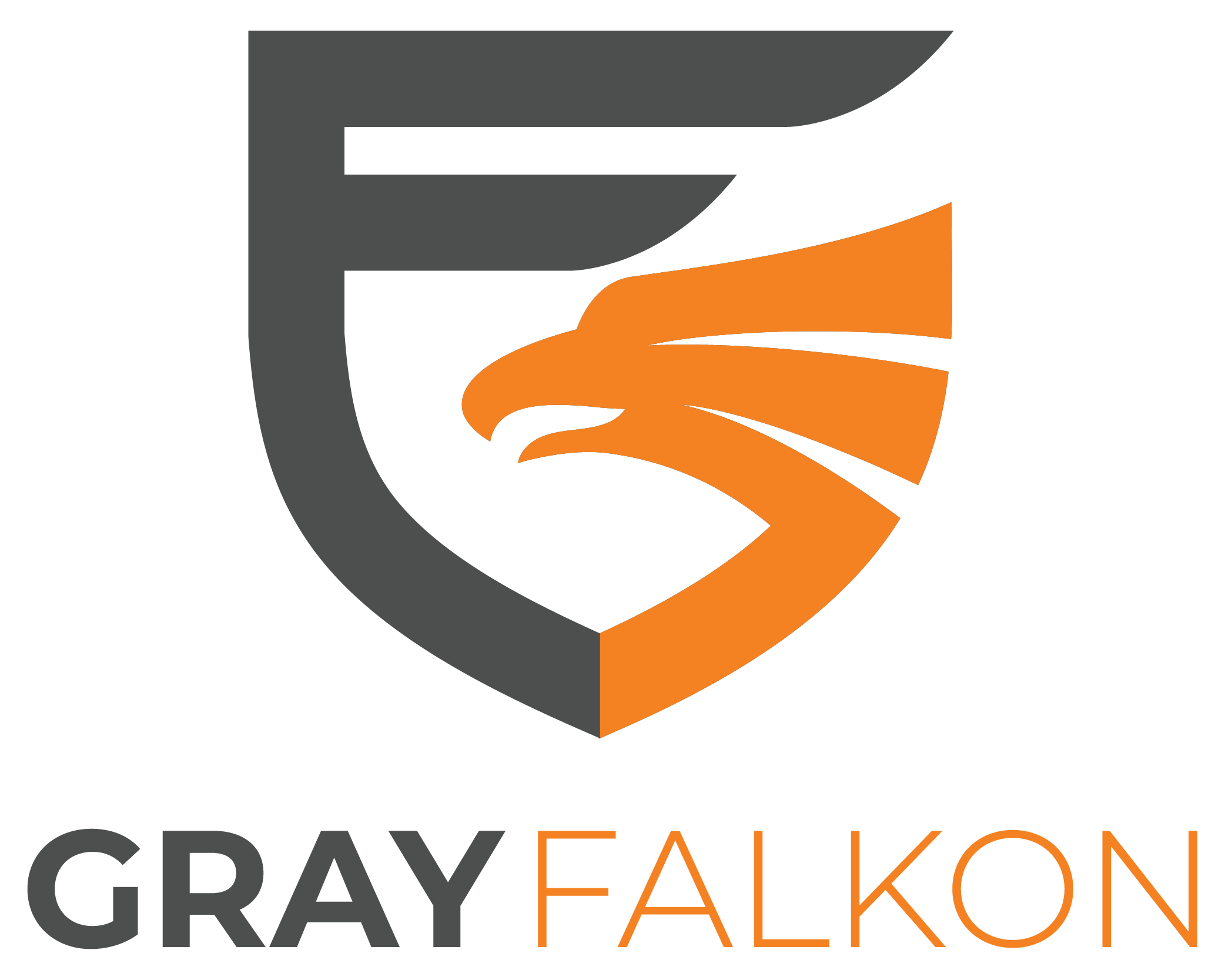
The rise of eCommerce has given brands multiple ways to sell their products, but not all sales channels present the same brand protection challenges. A marketplace-first brand, which primarily sells through platforms like Amazon and Walmart, faces vastly different risks than an omnichannel direct-to-consumer (DTC) brand, which sells through a combination of owned websites, marketplaces, and in some cases selective retail partnerships.
While both types of brands must protect their products, pricing, and reputation, their approaches to brand protection must be tailored to their specific sales model. Marketplace-first brands must contend with unauthorized sellers, counterfeit goods, and listing misrepresentation on open platforms where third-party sellers can list and sell their products with minimal oversight. Meanwhile, DTC brands need to ensure consistency across multiple sales channels, balancing pricing enforcement, brand integrity, and controlled distribution across various platforms.
Defining Marketplace-First and Omnichannel DTC Brands
The way a brand sells its products defines its brand protection needs, but in today’s eCommerce landscape, businesses rarely fit into a single category. Marketplace-first brands and omnichannel direct-to-consumer (DTC) brands represent two different sales models, but many businesses operate in both spaces, requiring a hybrid approach to brand protection.
Marketplace-First Brands
A marketplace-first brand primarily sells through third-party platforms like Amazon, Walmart, eBay, or Mercado Libre rather than relying on owned channels or traditional retail partnerships. These brands leverage the reach, fulfillment options, and customer base of marketplaces but face challenges like unauthorized sellers, gray market goods, and pricing instability due to the open nature of these platforms.
Omnichannel Direct-To-Consumer (DTC) Brands
An omnichannel direct-to-consumer (DTC) brand sells across multiple channels, including its own website, marketplaces, and select retail partnerships. Unlike marketplace-first brands, DTC brands often have more control over their branding, customer experience, and pricing strategies, but as they expand into marketplaces and other third-party sales channels, they encounter new brand protection risks related to unauthorized resellers, price inconsistencies, and misrepresentation.
eCommerce is rarely black and white, and many brands operate across both models in some capacity. Some businesses start as marketplace-first before launching their own website, while others begin as DTC brands and later expand to marketplaces. Regardless of where a brand falls on this spectrum, marketplace brand protection is crucial for any company selling on third-party platforms.
Key Brand Protection Risks for Marketplace-First Brands
Marketplace-first brands operate in open digital environments where nearly anyone can list and sell products, creating unique challenges when it comes to brand control, pricing enforcement, and product authenticity. Unlike brands selling through controlled distribution channels, marketplace-first brands must deal with third-party sellers who can list their products without approval, leading to unauthorized resellers, counterfeits, and pricing disruptions.
Unauthorized Third-Party Sellers
One of the most pressing concerns for marketplace-first brands is unauthorized sellers. Since marketplaces allow third-party resellers to list products freely, brands frequently encounter unapproved sellers offering their products at inconsistent prices. This creates confusion for customers, weakens brand value, and leads to violations of Minimum Advertised Price (MAP) policies, which are difficult to enforce in a marketplace setting. Without strict monitoring and enforcement, brands can quickly lose control over their pricing strategy and perceived product value.
Counterfeit Products and Trademark Infringements
Another critical issue is counterfeit products and trademark infringements, which can run rampant on marketplaces for various reasons, including lax seller verification processes and the sheer number of product listings. Counterfeiters often duplicate legitimate product listings, using stolen images and branding to deceive consumers. These low-quality knockoffs lead to negative customer reviews, increased return rates, and long-term damage to brand reputation. Many customers don’t realize they’ve purchased a counterfeit until they receive a defective product, and their frustration is often directed at the authentic brand.
Incorrect Product Information
Beyond unauthorized sellers and counterfeits, product misrepresentation is a major challenge. Marketplace sellers frequently alter product descriptions, images, and claims, creating confusion about what customers are actually buying. Some sellers list older versions of products, expired goods, or refurbished items without disclosing this information, leading to customer dissatisfaction and potential legal issues.
Key Brand Protection Risks for Omnichannel Direct-To-Consumer (DTC) Brands
Omnichannel DTC brands have greater control over their branding, pricing, and customer experience than marketplace-first brands, but that doesn’t mean they’re free from brand protection challenges. As these brands expand beyond their own websites to sell through marketplaces, social media, and retail, they encounter new risks that require proactive brand protection strategies.
Brand Consistency
One of the biggest challenges omnichannel DTC brands face is maintaining brand consistency across multiple sales channels. Unlike marketplace-first brands that primarily operate on third-party platforms, DTC brands must ensure that their products, pricing, and messaging remain consistent whether a customer shops on their website, Amazon, or an Instagram storefront. This means monitoring third-party listings for unauthorized resellers, pricing inconsistencies, and branding misuse.
Unauthorized Sellers
Unauthorized sellers are another concern, especially when DTC brands expand to marketplaces. Many DTC brands start out selling exclusively through their own websites, giving them full control over distribution. However, as they grow and enter Amazon, Walmart, or wholesale partnerships, they often find third-party sellers listing their products without authorization. These sellers may source inventory from liquidation channels, unauthorized distributors, or even holiday returns, disrupting the brand’s pricing strategy and potentially violating Minimum Advertised Price (MAP) policies.
Counterfeit Products
Counterfeit products are a significant and growing risk for omnichannel DTC brands, especially as counterfeiters become more sophisticated in mimicking authentic products. The counterfeit market in the U.S. is substantial, with estimates reaching $872 million. Counterfeiters often utilize social media platforms like Instagram, Facebook, and TikTok, popular platforms used by DTC brands, to promote and sell fake products, leveraging stolen brand images and targeting consumers seeking items at lower prices. Unlike established marketplaces such as Amazon and Walmart, these sales channels often have less stringent enforcement mechanisms, making it more challenging for brands to detect and remove counterfeits promptly. This proliferation of counterfeit goods not only undermines brand integrity but also poses risks to consumer trust and safety.
How Brand Protection Needs Differ from Marketplace-First to Direct-To-Consumer (DTC) Brands
While both marketplace-first and omnichannel DTC brands require strong brand protection, their specific needs and enforcement strategies differ based on how they sell their products and interact with customers. The open nature of marketplaces creates challenges that require constant monitoring and rapid enforcement, whereas DTC brands must focus on maintaining brand consistency and ensuring controlled distribution across multiple channels.
For marketplace-first brands, brand protection is an ongoing process. Because third-party sellers can list products freely, these brands must constantly monitor for unauthorized resellers, counterfeit listings, and pricing inconsistencies. Enforcement requires real-time tracking, fast takedown requests, and cross-platform coverage to ensure violations are addressed before they impact customer trust and revenue.
Omnichannel DTC brands, while having more control over their owned channels, still face risks as they expand into marketplaces, retail partnerships, and social media eCommerce. These brands need to enforce pricing agreements, monitor unauthorized marketplace listings, and prevent branding inconsistencies across multiple sales platforms. Instead of focusing solely on rapid takedowns, omnichannel DTC brands must prioritize long-term brand consistency, pricing enforcement, and seller compliance.
Marketplace-first brands require continuous monitoring, automated enforcement, and rapid takedown actions due to the high volume of unauthorized activity on platforms like Amazon and Walmart. Omnichannel DTC brands, while facing some of the same risks, need to balance marketplace enforcement with broader brand protection strategies that maintain control over distribution and pricing across all their sales channels.
How Gray Falkon Strengthens Marketplace Brand Protection
eCommerce is complex, with each brand facing unique challenges based on where and how they sell. While marketplace-first brands deal with unauthorized sellers and counterfeits infiltrating open platforms, omnichannel DTC brands must protect their pricing, branding, and distribution across multiple sales channels. Navigating these issues can be overwhelming, but Gray Falkon makes brand protection on popular marketplaces easy with our Full Deployment plan which provides AI-driven monitoring, automation-driven violation reporting, and multi-platform protection to address marketplace threats quickly and efficiently.
AI-Powered Monitoring for Multi-Channel Protection
Gray Falkon’s real-time monitoring technology continuously scans marketplaces like Amazon, Walmart, and eBay to identify potential threats before they escalate. Whether a brand operates primarily on one marketplace, or sells across multiple marketplaces as part of their omnichannel sales strategy, early detection is critical in preventing revenue loss and reputational damage.
Automation-Driven Violation Reporting for Faster Enforcement
Enforcement is often time-consuming, requiring brands to manually file takedown requests, gather evidence, and track repeat offenders. Gray Falkon automates this process, generating structured, marketplace-compliant violation reports to streamline enforcement and ensure counterfeits, unauthorized sellers, and pricing violations are removed quickly.
Cross-Platform Brand Protection for Consistency and Control
Marketplace-first brands and omnichannel DTC brands require a consistent enforcement strategy across all platforms to prevent unauthorized sellers from disrupting pricing and counterfeits from damaging consumer trust. Gray Falkon ensures brand identity, pricing policies, and seller restrictions remain consistent across all sales channels, preventing violators from shifting between marketplaces.
By integrating AI-driven brand monitoring, automation-driven enforcement, and cross-channel protection, Gray Falkon helps brands maintain control over their eCommerce presence, safeguard revenue, and protect their brand reputation.
Tailoring Brand Protection to Your Sales Strategy
Marketplace-first brands and omnichannel DTC brands each face unique brand protection challenges, but one thing remains consistent: eCommerce is an unpredictable, fast-moving environment where brand integrity must be actively managed. Whether a brand is battling unauthorized sellers on Amazon, counterfeit goods on social commerce, or pricing inconsistencies across multiple channels, the right brand protection strategy makes all the difference.
Gray Falkon makes marketplace brand protection easy by providing AI-powered monitoring, automation-driven violation reporting, and cross-platform protection. By detecting violations early, streamlining enforcement, and ensuring consistency across sales channels, brands can focus on growth while staying ahead of bad actors, unauthorized sellers, and counterfeit threats.
Schedule a demo today and see how Gray Falkon can safeguard your brand across Amazon, Walmart, and beyond.



